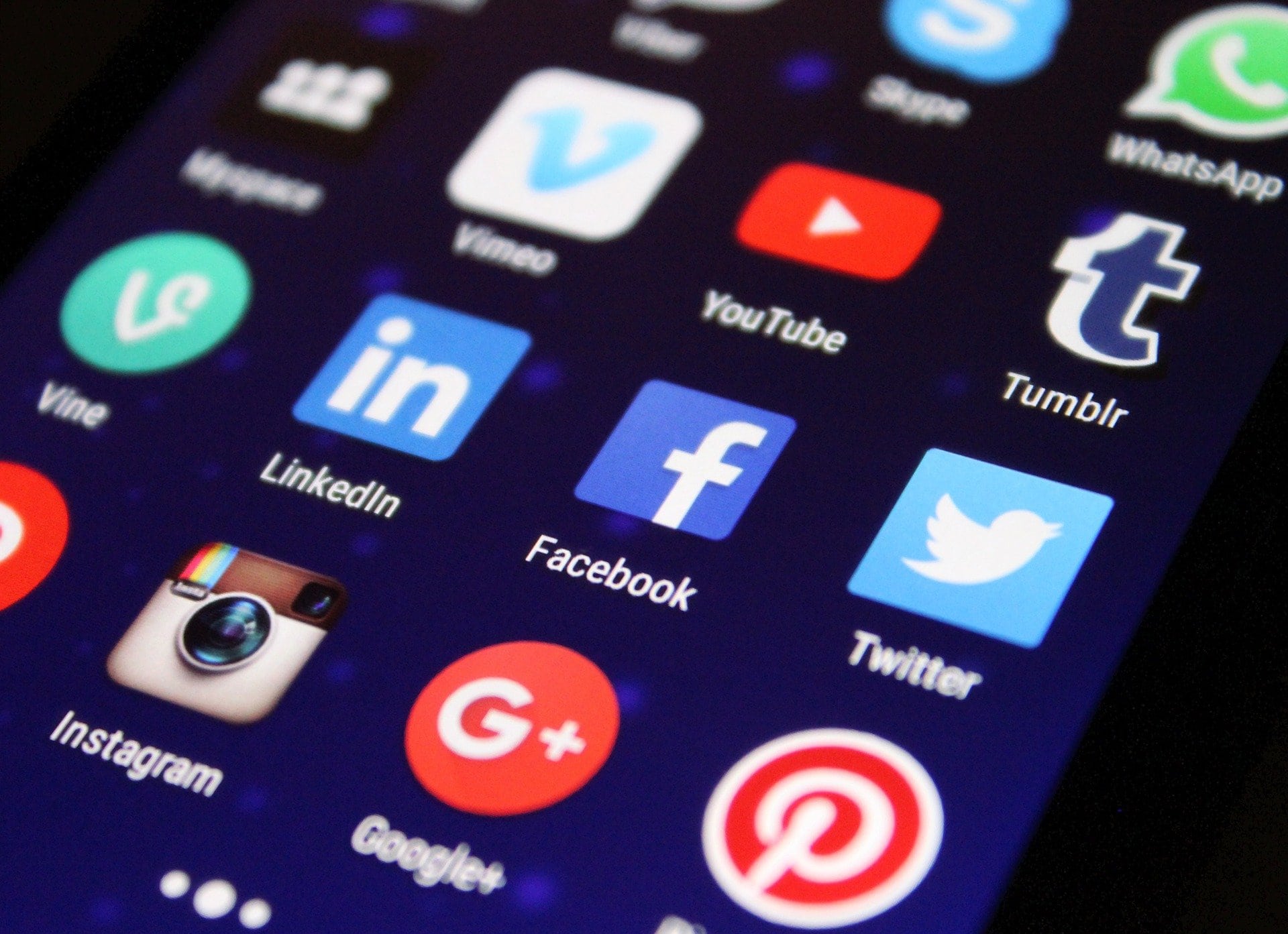Social media marketing has always been a moving target, as platforms frequently adjust to incorporate new technology, remain competitive, and respond to evolving user behaviors.
So, where does that leave marketers? Your job is to focus on the platforms that matter the most to your specific audience and create the types of content they love to view and share.
In this guide, we’re sharing the five most important social media trends you need to know in 2025, including the moves both platforms and users are making in response to the latest technology.
Top social media trends in 2025
Social media usage is higher than ever: According to Statista, there are an estimated 5.17 billion total users worldwide, with the average person using 6.7 different social platforms per month.
With so many people on social media, paid advertising presents major opportunities for businesses to reach their target audiences.
But where should you be posting and advertising your content? And what types of content does your audience want to see in 2025?
Let’s look at the top five social media trends in the new year.
1. Platforms evolve to accommodate new tech and user behaviors
A Pew Research Center survey found that YouTube is the most widely used social media platform, followed by Facebook.
Take a look at the top 10:
- YouTube (83%)
- Facebook (68%)
- Instagram (47%)
- Pinterest (35%)
- TikTok (33%)
- LinkedIn (30%)
- WhatsApp (29%)
- Snapchat (27%)
- Twitter/X (22%)
- Reddit (22%)
Don’t discount Reddit just because it’s at the bottom of the list—it’s actually growing in popularity, especially for marketing purposes.
Reddit’s growth underscores a trend in the rise of niche platforms focusing on specific interests and communities.
Platforms that promote video content continue to grow, as well as those that integrate AI tools, virtual reality (VR), and augmented reality (AR).
2. The shift toward immersive, interactive content
VR and AR were projected to be the next big thing during the COVID-19 pandemic, but the enthusiasm seemed to wane over time.
However, 2025 seems poised to be the year that this technology makes its grand entrance: Meta (the company that owns Facebook and Instagram) is working on AR glasses and ways to integrate VR into its platforms.
AR and VR aside, the trend toward interactive content formats is growing, including:
- Polls and quizzes
- Live interactions
- Gamification
According to Hootsuite’s 2025 social media trends report, more social teams will “ditch brand consistency” this year and turn to entertainment.
3. AI revolutionizes personalization
In 2025, AI is no longer an experiment but a full-on team member.
Social platforms have embraced AI tools as a way to create more customized and personalized experiences, including:
- Personalized feeds
- Content discovery
- Chatbots and virtual assistants
- Language translation
- Behavior prediction
Marketers can only stand to benefit from these changes—on and off the platforms.
- On-platform, you can use the platform’s analytics and AI tools to dig into user engagement, behaviors, demographics, and more.
- Off-platform, marketers are increasingly leveraging AI tools to brainstorm social posts and generate and edit content.
We can only assume that as time goes on, these platforms will build and integrate even more tools to help marketers create content on-platform for a seamless, tech-driven process.
4. Influencer and micro-influencer marketing flourishes
In 2025, influencer marketing will be widely used across industries and platforms, as well as in B2C and B2B.
Influencer marketing helps businesses accomplish the following goals:
- Increase brand awareness
- Build credibility
- Expand visibility
- Boost engagement
- Establish trust
But “influencer” doesn’t just mean A-list celebrities or even top executives. Different tiers of influencer marketing exist, from mid-tier influencers to nano-influencers who are hyper-localized, community-driven figures.
No matter your industry, there’s likely a way that you can make influencer marketing work for you on the most accessible level possible.
5. The rise of social listening for valuable insights
With the flurry of activity and interaction happening on social platforms in 2025, social listening is a naturally growing strategy that gives businesses a direct look at what their audience wants and what’s missing in their industry.
Social listening tools are easily accessible—from free tools to robust platforms that can track mentions and conversations across all channels—and provide real-time insights and valuable predictions.
Top social listening tools to get started:
- Google Alerts
- Google Analytics
- Brand Mentions
- Brand24
- Zoho Social
As social listening advances in 2025, marketers can expect to gather valuable insights that drive product development, customer service, and their overall strategy.
Social media trends by industry: Mortgage, senior living, and legal
What social media trends can you expect in your industry in 2025?
Let’s look at some predictions.
Real estate social media trends
- Real estate professionals are increasingly using 360-degree videos and VR experiences to offer virtual tours of properties, and this trend is expected to grow in 2025.
- Advanced AI tools on social media platforms help real estate and mortgage professionals more effectively target their prospects by location, behavior patterns, and more.
- Live tours and interactive Q&As on social media boost engagement and trust by allowing these professionals to interact with prospects directly.

Senior living social media trends
- Virtual tours are also popular in the senior living industry, allowing interested families to look closer at the community, activities, and events available for residents.
- Resident testimonials are a powerful social media strategy that helps build family trust.
- Live streams and photos of activities and events help families feel more connected and comfortable with a community.
Law firms social media trends
- Law firms that prioritize educational content through videos, blog posts, and infographics help make complex legal subjects more easily accessible to the general public.
- Client testimonials help those seeking legal services see your successes, which builds confidence in what you can do for them.
Amplify your brand’s voice on social media with Kaleidico
At Kaleidico, our social media management services go beyond posting and sharing.
We create a strategic, results-driven approach that amplifies your brand’s voice and drives engagement through content creation and thought leadership.

